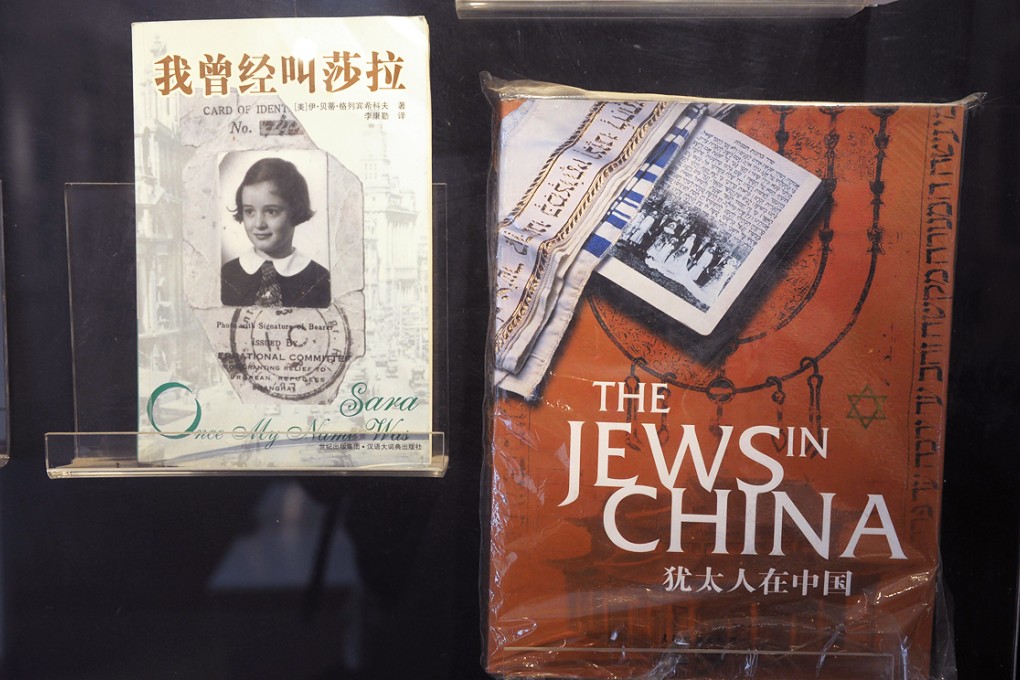How Shanghai opened its doors to Jews fleeing Nazi persecution
This year marks the 70th anniversary of the end of the second world war, in which an estimated 25 million civilians died, including 6 million Jews. Former US treasury secretary Michael Blumenthal recalls how his family took shelter in Shanghai after fleeing Nazi Germany in 1939.

Michael Blumenthal was 13 when his family fled Berlin and the Nazis in 1939, boarding the Japanese passenger liner Haruna Maru to sail to Shanghai – the only city that would admit Jews without visas.
Several prominent Jewish families were already settled in the city, and when the Blumenthals arrived a month later, the Jewish community already numbered in the thousands.
Nine years later, the family left for the United States, where they settled as refugees. Blumenthal would go on to become treasury secretary in the administration of Jimmy Carter.
But he always remembers how hard life was as a teenager in Shanghai, and how the city changed when the Japanese took control of the foreign enclaves in 1941.
When he was young, he would visit a small cafe near his home. “It was called Wiener Stube, which means Vienna’s small room in German. There were seven chairs and I often sat there for three hours in the afternoon,” Blumenthal, now 89, said during a visit to the Shanghai Jewish Refugees Museum recently.

The museum is among the most significant Jewish historical structures still standing in the city. It comprises three parts – the former site of the Ohel Moshe Synagogue, which dates to the early 20th century, and two exhibition halls, displaying photos, short films and other items representing refugees’ life.